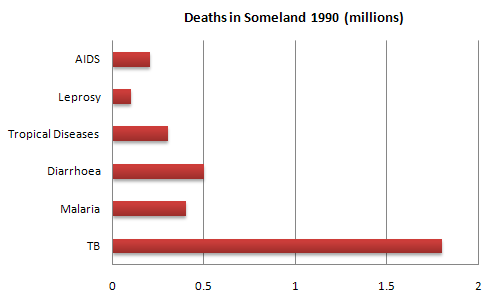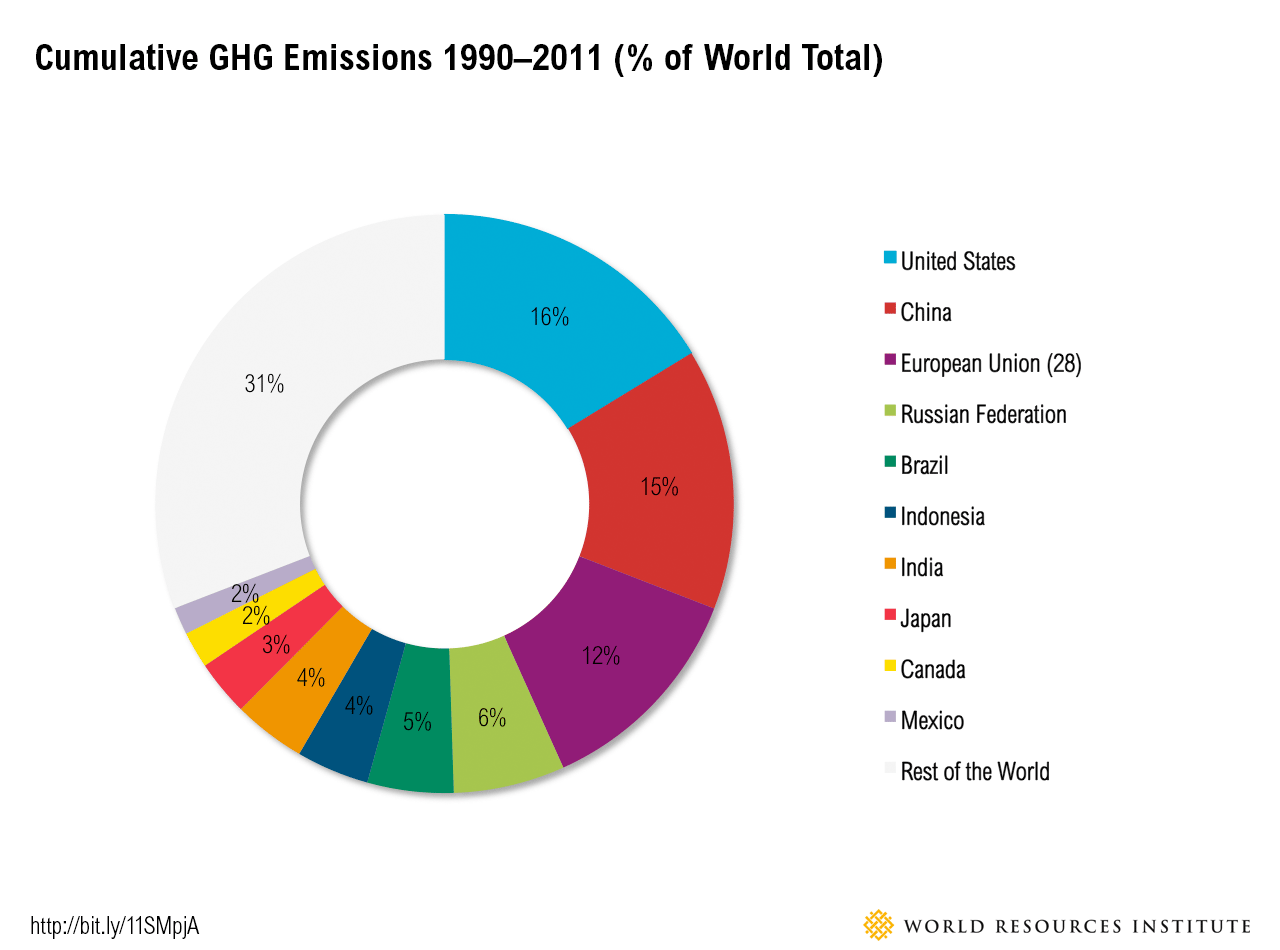Number Of Catholics # Graph For IELTS
You should spend about 20 minutes on this task.
The graph below gives information about the number of Catholics residing in different nations, during 2010-2013.
Summarise the information by selecting and reporting the main features, and make comparisons where relevant.
Write at least 150 words.
SAMPLE ANSWER
The graph compares the number of Catholics living in six different countries of the world; China, India, Philippines, Vietnam, Korea and Japan, during a span of three years, i.e. from 2010 to 2013.
Over the entire period of time, most of the Catholics preferred to reside in Philippines, while Japan had the least number of Catholics. The countries to the left of Philippines, in the graph, showed a considerable figure of Catholics, however, the ones to the right of Philippines marked a glooming picture of numbers of Catholics residing.
Philippines had the majority of Catholics, with over 70 million of them living there during 2010. However, this figure showed a slight dip by 2013, yet making it the country with maximum of Catholics. On the other hand, Japan showed an upward trend. The population of Catholics in Japan increased approximately 100 thousand.
Catholics finding livelihood in China and India went up during the period of 2010 to 2013 with India making a higher rise of 90 million as compared to 60 million in China. The situation remained almost steady in Vietnam, with only a slight increase but a slump was observed in Korea.




